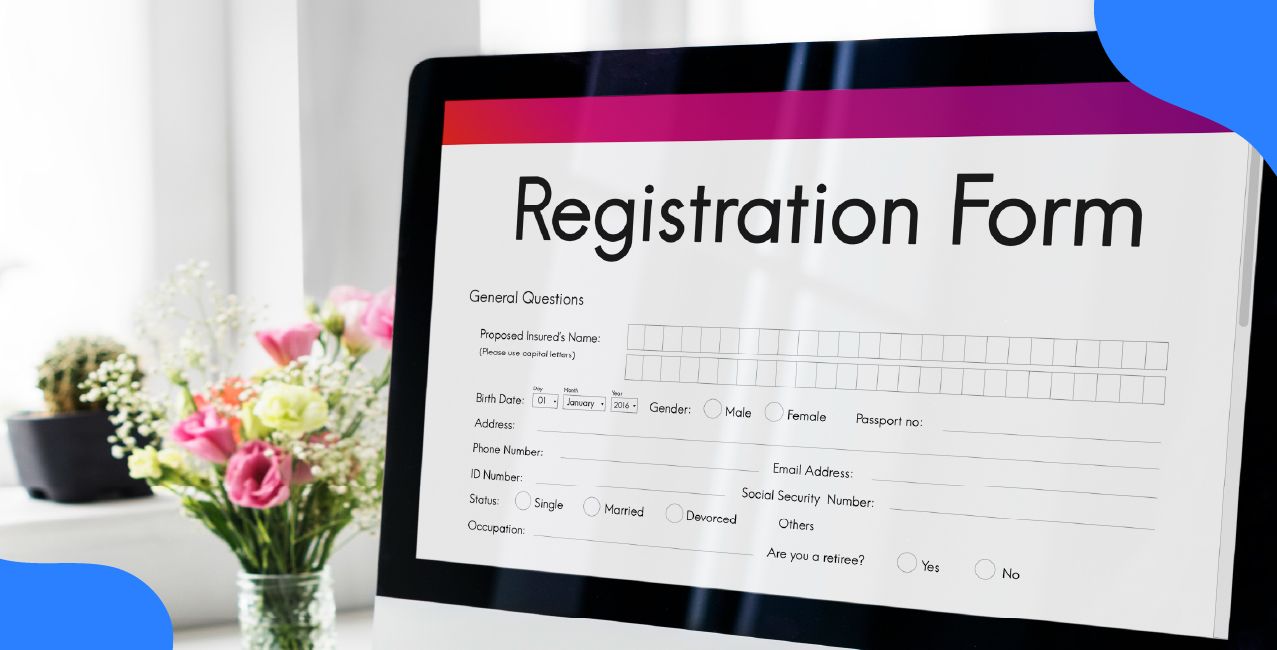
Author
LoansJagat Team
Read Time
6 Min
26 Sep 2025
GST on Footwear: Complete Guide with Rates & Effects
Key Takeaways:
- From 22 September 2025, GST on Footwear priced up to ₹2,500 per pair is 5%.
- Footwear above ₹2,500 per pair still attracts 18% GST.
- Families can save ₹500–₹1,000 annually with this lower tax rate on budget footwear.
- Sellers must update billing systems, price tags, and GST filing to avoid tax mismatches.
BONUS: AS OF SEPTEMBER 2025, THE GST COUNCIL HAS REDUCED THE GST ON FOOTWEAR AND APPAREL PRICED UP TO ₹2,500 TO JUST 5%, RAISING THE EARLIER THRESHOLD FROM ₹1,000. FOOTWEAR ABOVE ₹2,500 IS TAXED AT 18%.
GST on Footwear is the Goods and Services Tax applied to shoes, sandals, and other types of footwear based on their retail price.
Rekha, a school teacher in Jaipur, bought two pairs of formal shoes priced at ₹1,200 each for her and her son. Earlier, she had to pay 18% GST, which added ₹432 extra. But with the new GST on Footwear rule from 22 September 2025, she now pays only 5% GST if the footwear is priced at or below ₹2,500.
So she saved ₹312 on the same purchase. Over a year, she can save over ₹1,000 just by buying under this price range. This change helps not only consumers but also retailers by increasing affordable footwear demand.
This blog explains the new GST on Footwear rule, price categories, tax rates, billing impact, seller compliance, and more using simple words and clear examples.
Latest GST on Footwear Rule (Effective 22 September 2025)
The government has changed the GST on Footwear to make it fair for both buyers and sellers. This rule applies to all footwear below and above ₹2,500.
Before the table, here’s what you must know: If the retail price of one pair of footwear is ₹2,500 or less, the GST is 5%. If it is more than ₹2,500, then the GST is 18%.
Here is a table to help you understand how the GST on Footwear is now divided:
This table makes it easy to plan purchases and pricing updates.
For example, Priya bought sports shoes for ₹1,800. Earlier, she paid 12% GST (₹216). Now she pays 5% GST (₹90), saving ₹126.
This change allows customers to save more and encourages budget shopping below ₹2,500.
How the New GST on Footwear Impacts Your Final Bill?
The change in GST on Footwear affects how much you pay at checkout. It helps buyers clearly see savings on shoes under ₹2,500.
Before we go into the table, understand this: Earlier, GST was as high as 12–18% even for shoes costing ₹1,001. Now, anything up to ₹2,500 is taxed at only 5%.
Here’s a simple table to show how the bill changes:
This table shows that buying footwear below ₹2,500 results in lower bills.
For example, Suresh bought 2 pairs of casual shoes priced at ₹1,800 each. With 5% GST, he paid only ₹180 extra instead of ₹432 under the old 12% rate.
These changes help consumers plan better and save more during yearly shopping.
Read More - GST Registration Charges: Complete Guide on Fees & Process
What Sellers and Retailers Should Know About GST on Footwear?
Retailers must also update their billing and pricing to match the new rule. If not done properly, they might overcharge customers or face GST issues.
Before you read the points, remember this: When output tax (sales) is lower, but input tax (purchase) remains high, you may end up with unused GST credit.
Here are some things sellers must do after the GST on Footwear change:
- Update price tags and point-of-sale systems to reflect 5% or 18% GST
- Adjust input tax credit claims if your inputs are taxed at 12–18% but sales are taxed at 5%
- Inform staff about rate changes and new billing practices
- Revise online and offline pricing with correct GST for items below or above ₹2,500
For example, Aman, a shop owner, bought shoe stock worth ₹2,00,000 with 12% GST. If he now sells the shoes at 5%, he needs to manage the extra ₹14,000 input credit wisely to avoid losses.
Retailers who follow these steps early will avoid future penalties and maintain customer trust.
Learn More - GSTR-1 Filing Guide: Eligibility, Format, Due Date, Penalties
Old vs New GST on Footwear Slabs Compared
The easiest way to understand the GST on Footwear is to compare the old structure with the new one. Earlier, buyers often paid higher rates even for low-cost shoes. The revision simplifies things for both consumers and sellers.
Here is a table that compares the old and new slabs:
This table makes it clear that affordable footwear now attracts only 5% GST.
For example, Neha purchased a pair of shoes for ₹2,200. Earlier, she paid 12% GST = ₹264. Now she pays only 5% = ₹110, saving ₹154.
The new slab encourages people to buy within ₹2,500, giving both families and small businesses a chance to save money.
Conclusion
The GST Council’s move to revise the GST on Footwear rate has made footwear more affordable for households and simpler for retailers to manage. For buyers, the change means savings on school shoes, sandals, and casual wear. For sellers, the rule requires timely updates in their pricing, tax invoices, and inventory systems.
Whether you are a family managing your budget or a small footwear shop trying to stay compliant, the new 5% GST rule for footwear under ₹2,500 helps you plan better. Always check the price per pair and confirm GST at the time of billing to avoid overpaying.
This simple shift in tax policy brings practical relief to everyday shoppers across India.
FAQ:
1. Can footwear retailers claim refund on unused input GST credit if sales attract only 5%?
Yes, but only under specific conditions. As per GST refund rules, if the input tax rate is higher than the output tax (inverted duty structure), retailers can apply for a refund. However, they must maintain clear documentation and claim within the time limit under Rule 89 of CGST Rules.
2. How will the new GST on Footwear impact e-commerce sellers dealing in both low and high-cost footwear?
E-commerce sellers must split product listings and update GST rates for items below and above ₹2,500. Platforms must ensure tax is auto-calculated correctly during checkout. Failure to do this can lead to tax mismatches and GST return errors.
3. Will importers of branded shoes priced below ₹2,500 benefit from the reduced GST?
No. Imports attract IGST, and customs duty rules apply separately. Even if the footwear is priced below ₹2,500, customs valuation and other duties may affect the total tax payable. IGST is levied as per standard import structure.
4. Can a business issuing composite bills for footwear and accessories apply 5% GST on the total value?
No. GST must be applied item-wise, not on the total bill. If shoes are priced below ₹2,500, they attract 5%, but accessories like socks or polish may fall under 12–18%. Composite billing without HSN separation can lead to overcharging or underreporting.
5. How should GST changes on footwear be reported in GSTR-1 and GSTR-3B by sellers?
Sellers must report footwear sales under the correct tax rate slab (5% or 18%) in GSTR-1. In GSTR-3B, the output tax liability must match. Errors here may trigger GST notices or mismatches during audits. Proper classification using HSN code 6403 is recommended.
6. Will this help reduce school and household budgets?
Yes. Most school and daily footwear fall under ₹2,500, so families can expect ₹500–₹1,000 savings yearly.
About the Author

LoansJagat Team
‘Simplify Finance for Everyone.’ This is the common goal of our team, as we try to explain any topic with relatable examples. From personal to business finance, managing EMIs to becoming debt-free, we do extensive research on each and every parameter, so you don’t have to. Scroll up and have a look at what 15+ years of experience in the BFSI sector looks like.

Quick Apply Loan
Subscribe Now


